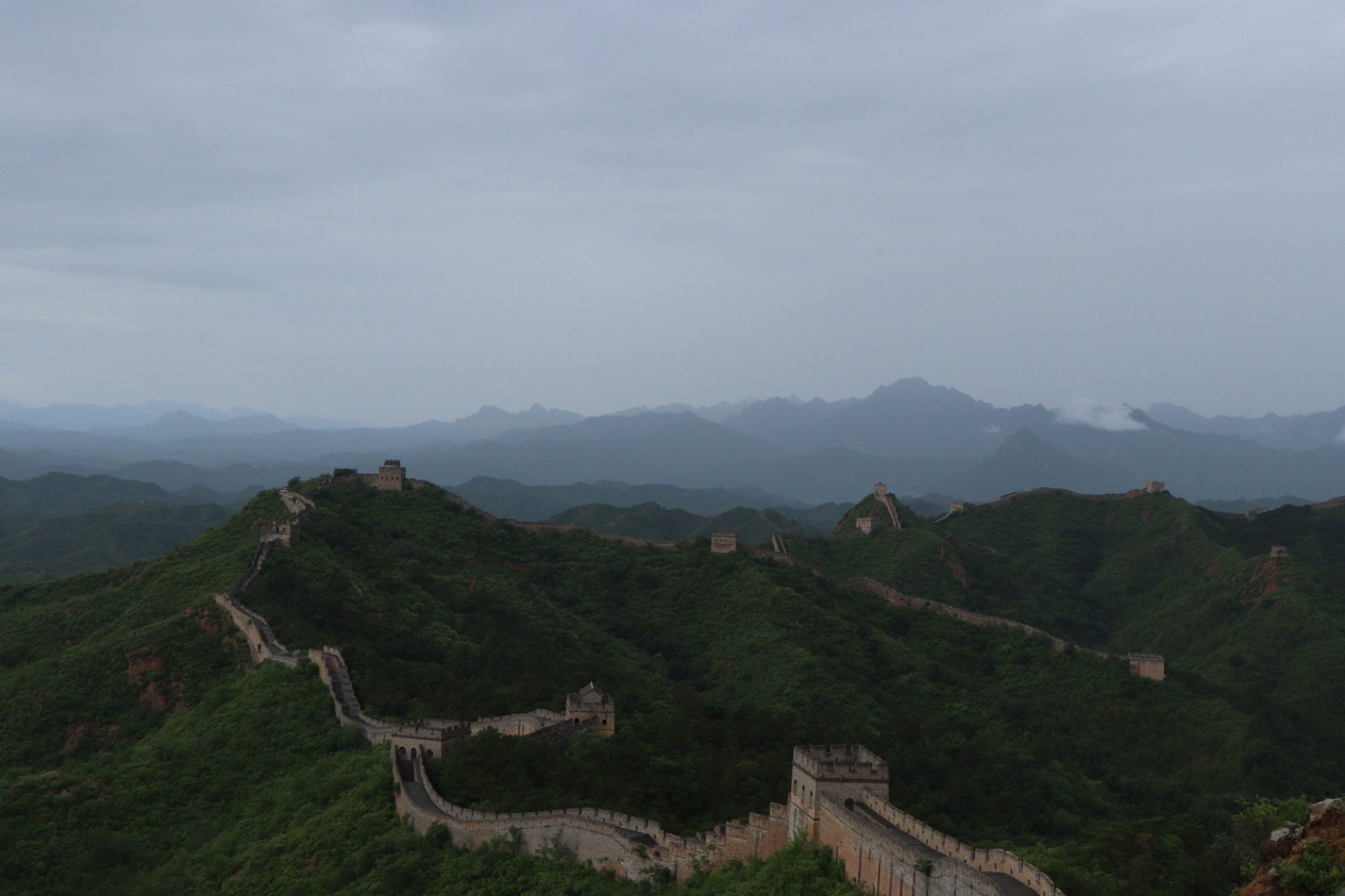A day tour to Chengde is perhaps not enough to cover all there is to the city that sits 225km Northeast of Beijing. However, as a visit to the Jinshanling Great Wall and the Chengde Mountain Resort, 2 locations synonymous with the name of the city itself, it will suffice. This is not a long post by any means, so I do encourage you, if you are planning a trip to China, to educate yourself with other sources. But, in the case of the two locations mentioned, I do have things to speak about.
This post is one of 4 encompassing my full 8D7N China Trip. For the full itinerary, tips, and overview, check out the Master Post HERE.
Locations
Jinshanling Great Wall (金山岭长城)- “The Paradise for Photographers”
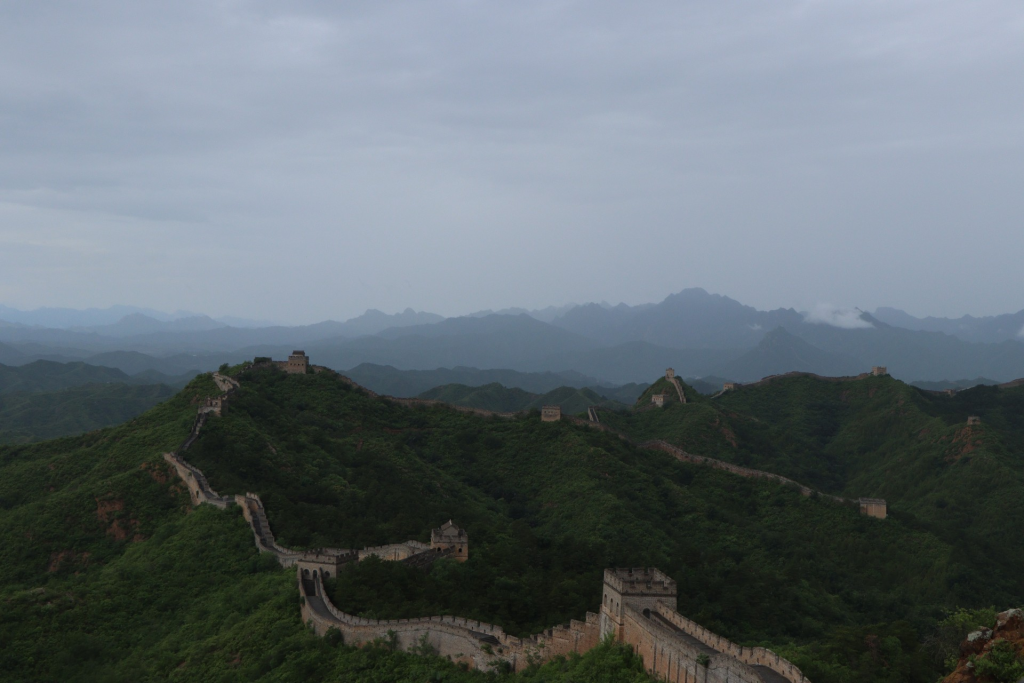
The Jinshanling portion of the Great Wall of China is located East of the Mutianyu section and connected to the Simatai section in Gubei. Built in the Ming Dynasty, between 1567 and 1620 by both Emperor Longqing and Wanli, the wall is considered one of the more photogenic sections of the Great Wall of China.
Given Simatai and Jinshanling are connected, the restored nature of the latter does eventually taper off to the untouched, ragged nature of the former, albeit far down the road towards the East. The portion of Jinshanling most visited is well-paved with high walls and good safety. The cable car up, however, is a different story. Cramped, noticeably old and not necessarily in the best condition, it doesn’t make for a comfortable trip up
Furthermore, the portion of the wall closest to the cable car is rife in hagglers. Most are local villagers who live around Jinshanling and Mutianyu. They make their livelihoods off of tourists, selling souvenirs, snacks and “services” to tourists climbing the Great Wall. Some may pose as “guides” who follow you around and “help” you before asking for payment. It can be a pretty annoying experience
However, it’s important to not be pessimistic. After all, you’re on holiday! Enjoy the scenery and let the breathtaking sights soothe you~
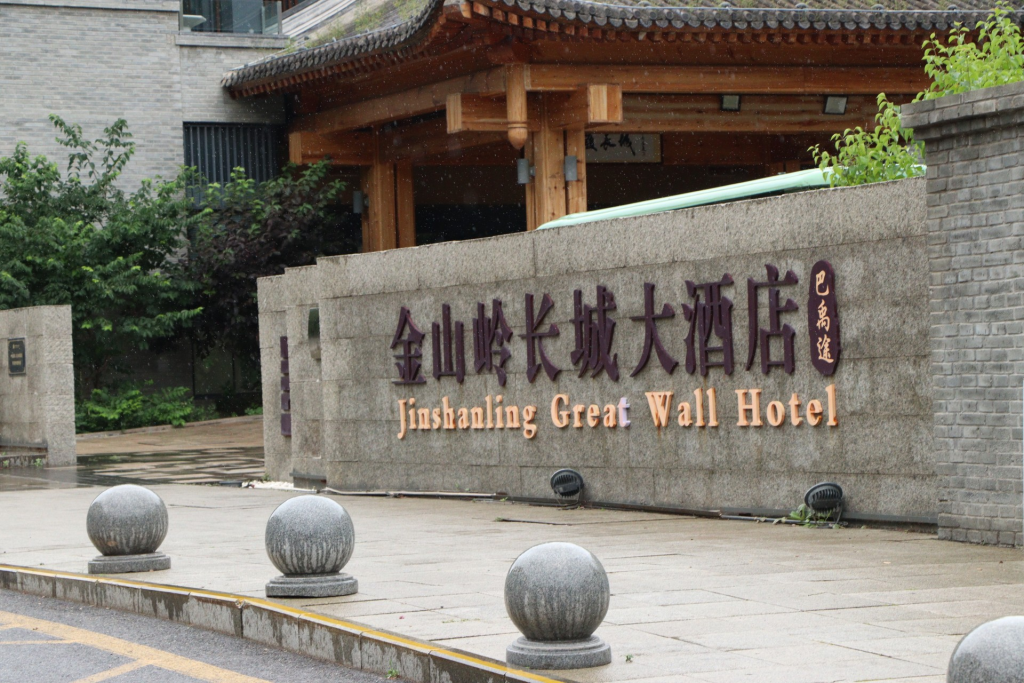
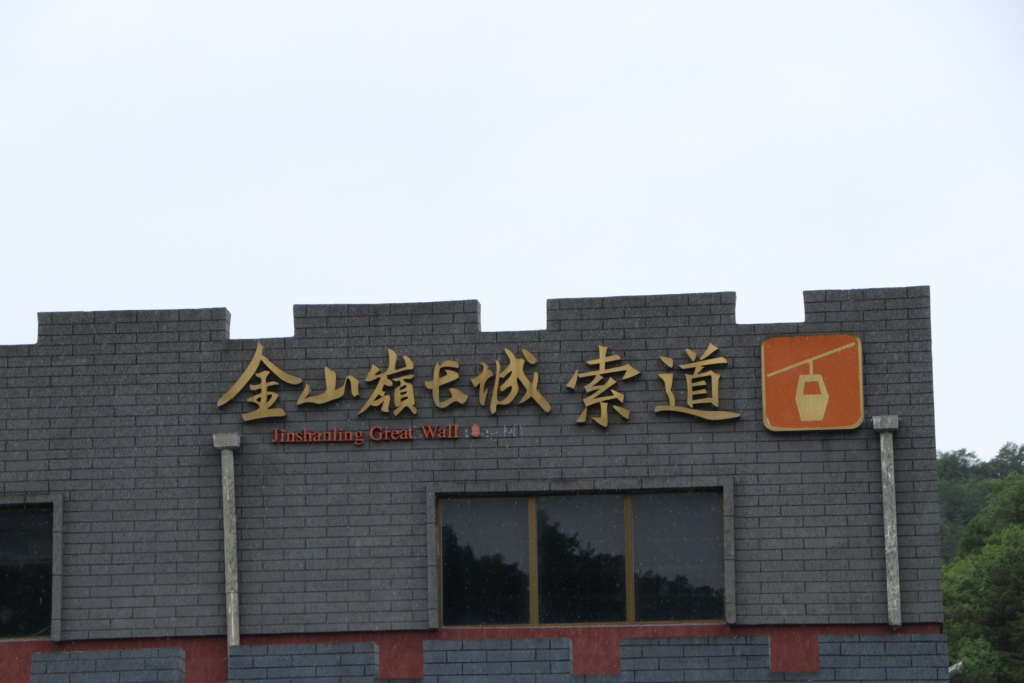
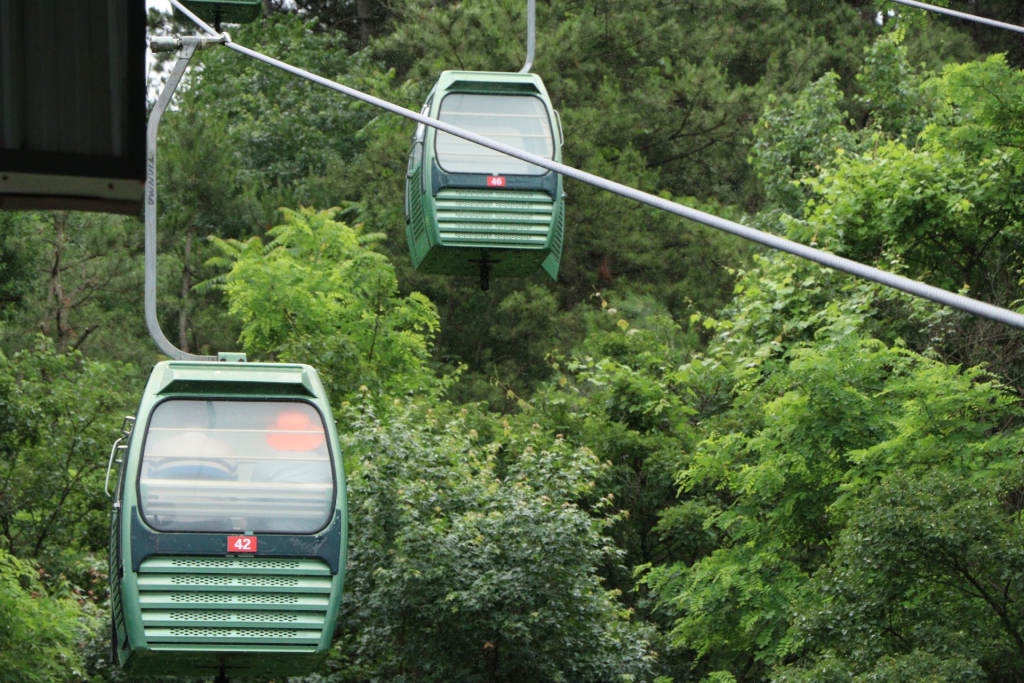
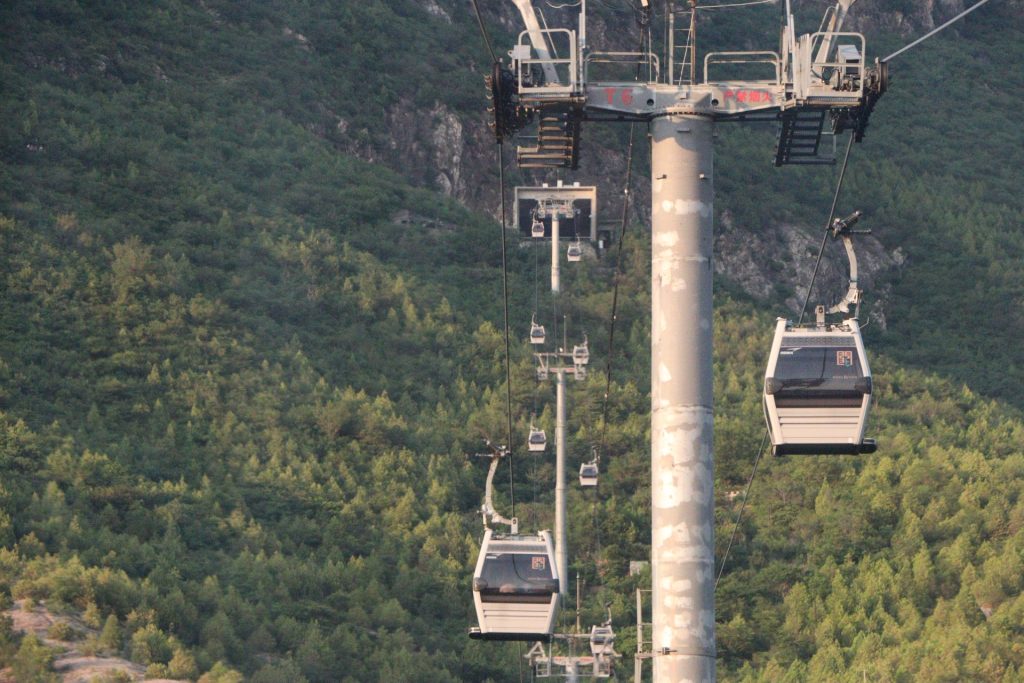
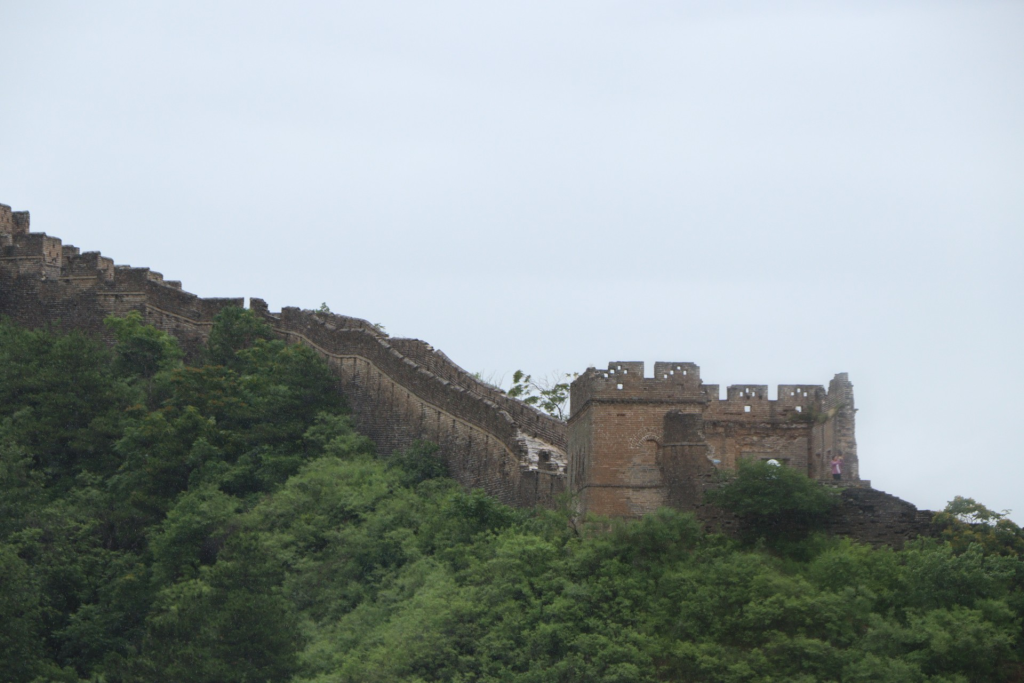

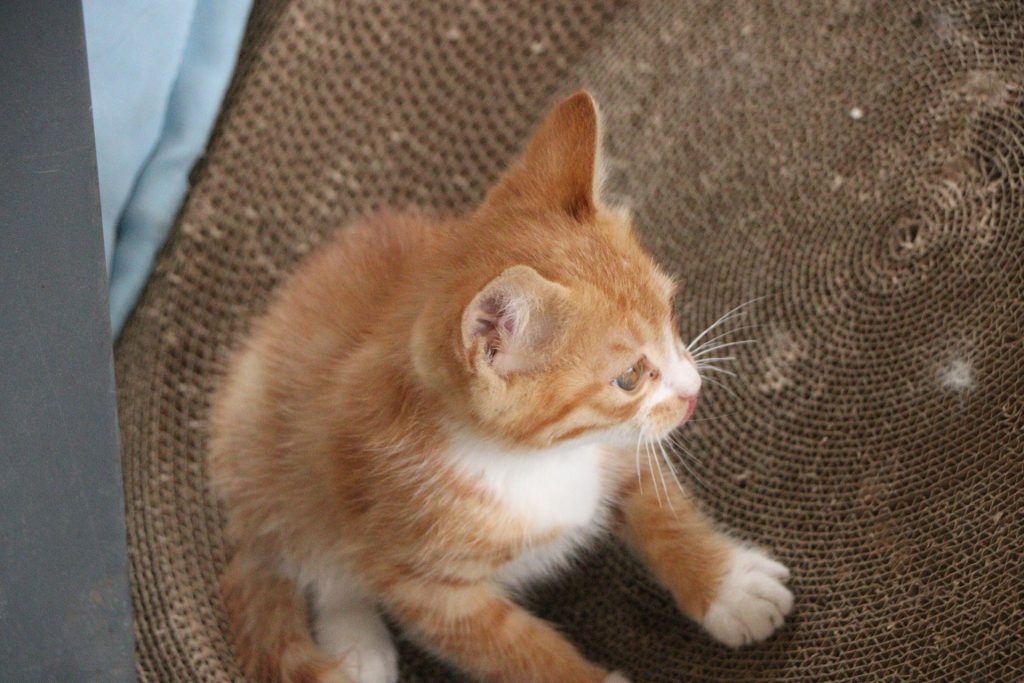
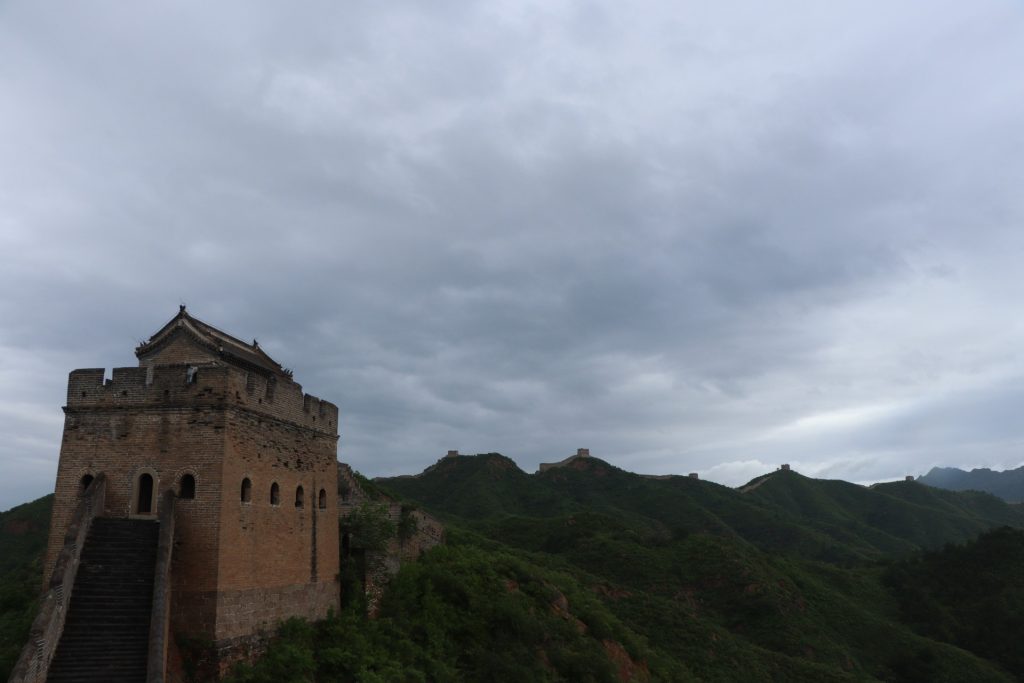
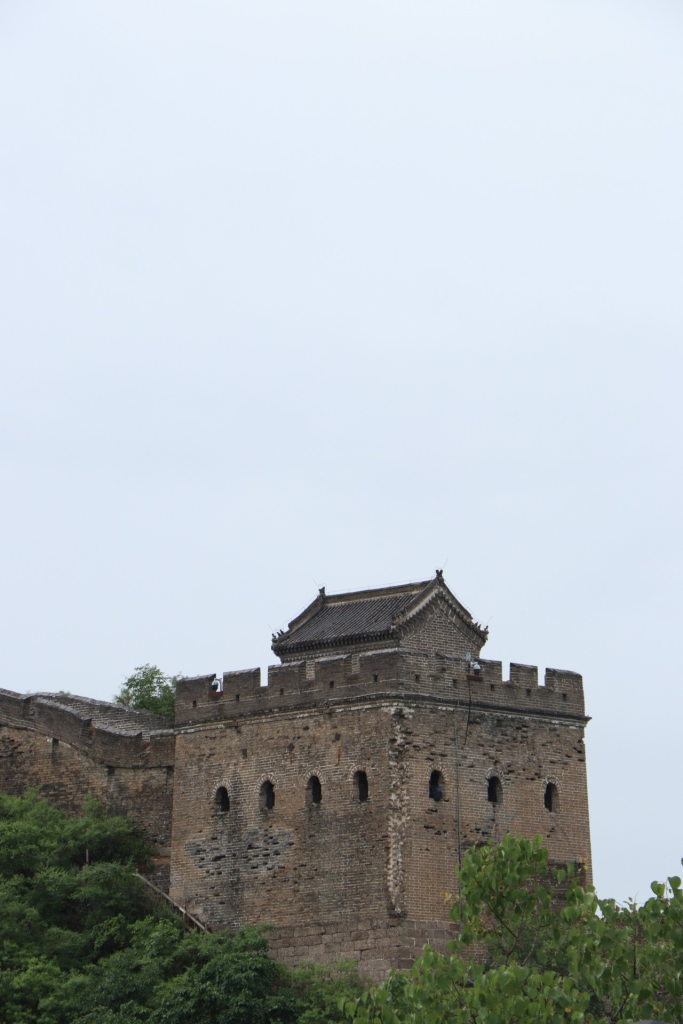
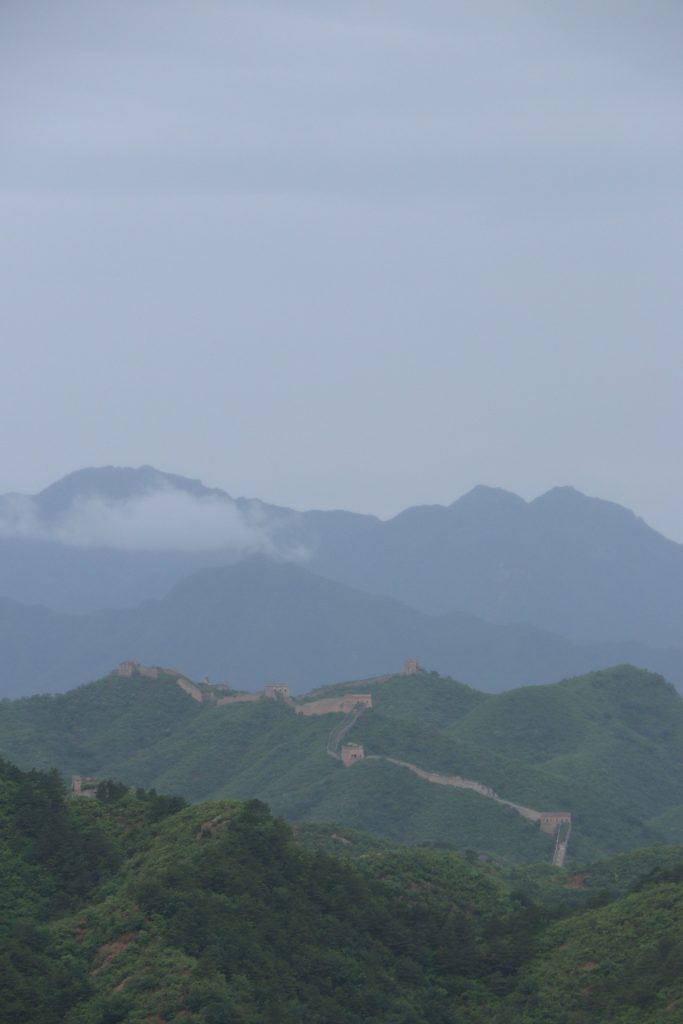
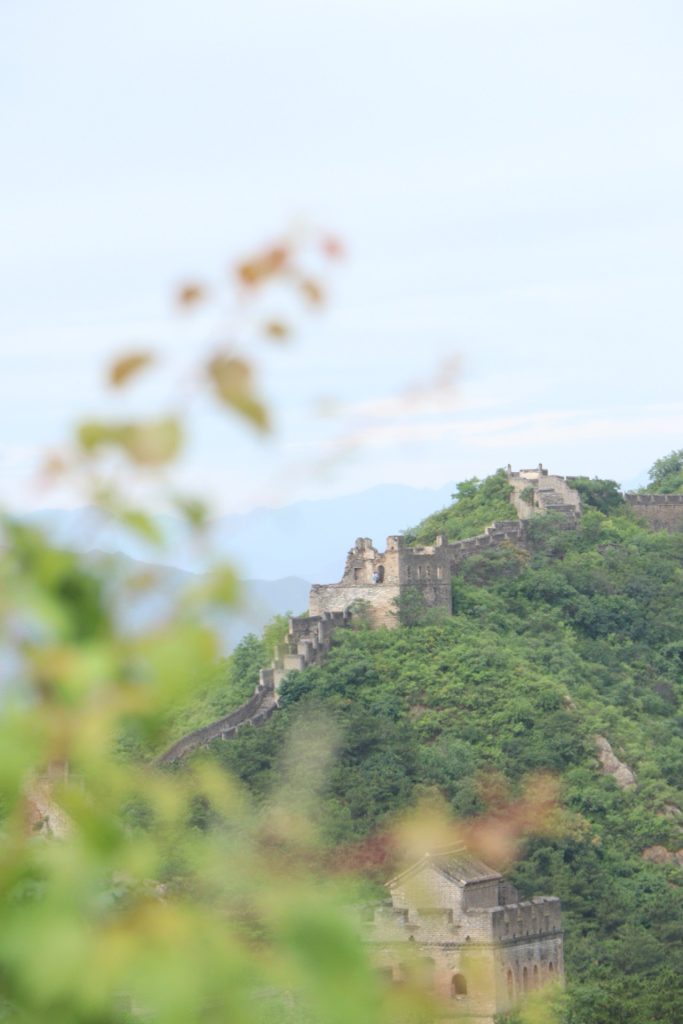
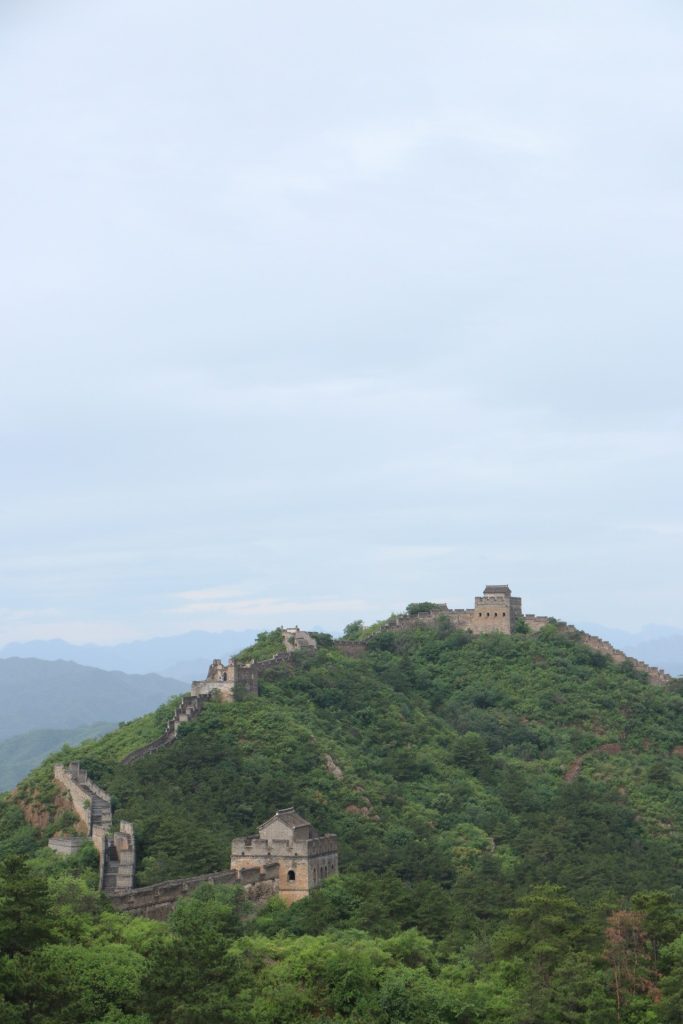

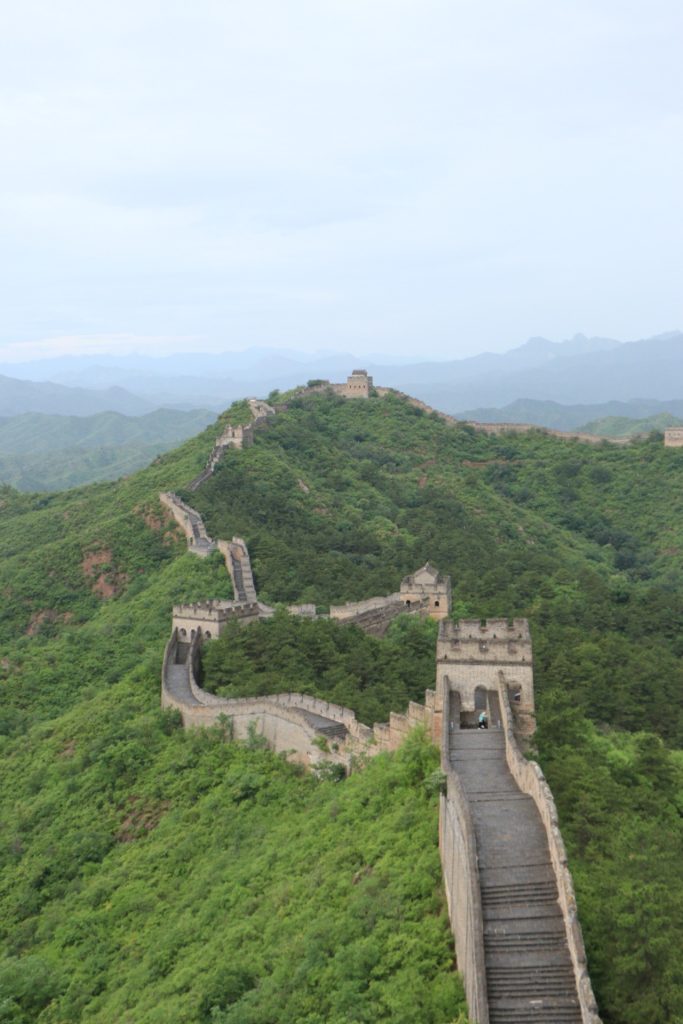
Chengde Mountain Resort (承德避暑山庄) – Vacation for the Emperors
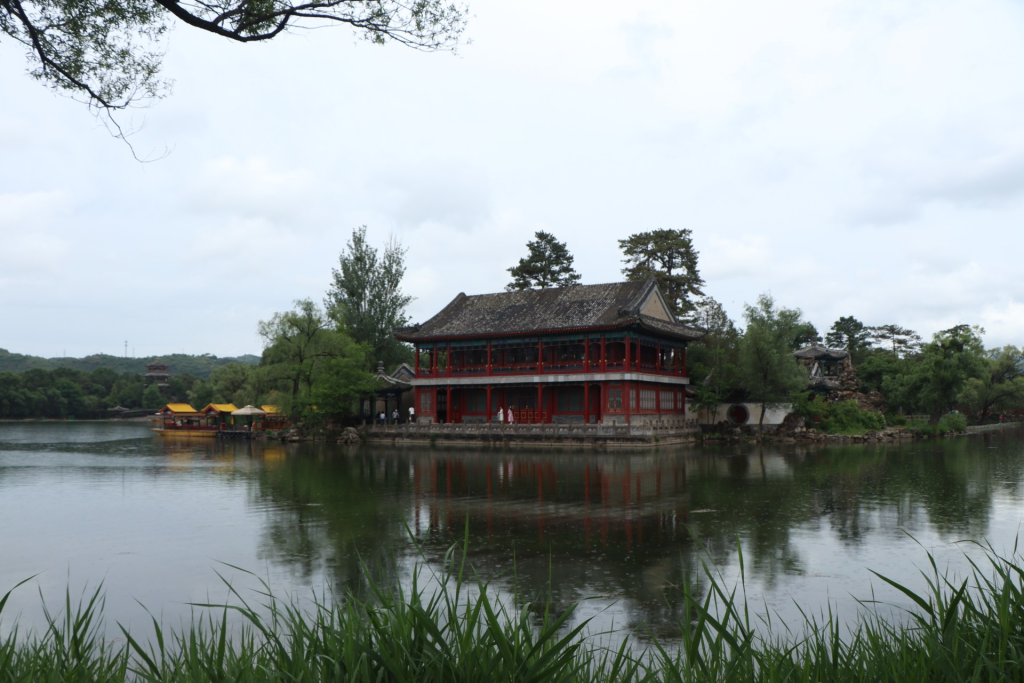
While the Forbidden City acts as an office for the Emperors and the Summer Palace acts as a “Work-From-Home” setup which, although provides leisure for the Emperors, is still a place in which light governance takes place, the Chengde Mountain Resort is truly the go-to vacation spot for the Emperor of China. Built in 1703 under the Kangxi Emperor, the resort spans 5.6 square kilometers, larger than even the Forbidden City.
The Chengde Mountain Resort was frequently used by Emperors and the Court as a get-away from Beijing, a vacation, if you will. However, after the reign of the Qianlong Emperor, when the Qing Dynasty began to fall, the Mountain Resort fell out of favour. By the end of the 1800s, it was rarely used frequently. Notably, Empress Dowager Cixi and her Court fled to Chengde during the Second Opium War.
The Qianlong Emperor absolutely loved the Chengde Mountain Resort, staying 52 summers over the course of his reign, and for good reason. While the resort still acts as a resort, Emperors did still hold court session and receive envoys along with making major decisions. It was used primarily during the summer when the Beijing heat was unbearable and the Forbidden City could not be used, acting as a sort of second capital. The Imperial Hunt of the Qing Dynasty, a major event I’ll elaborate on later, was also held in the fields here.
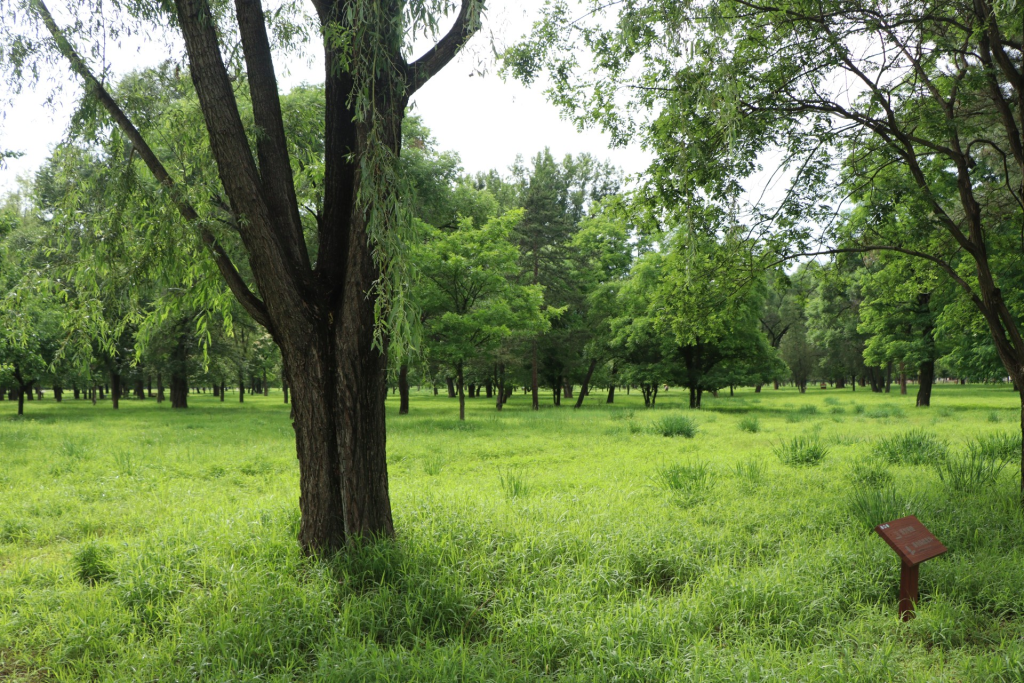
Notably, it was during our one and a half hour walk through the Mountain Resort that our tour guide began to babble. Interesting babble, mind you.
Ramble #1 – Empress Dowager Cixi and her (murderous) exploits
I talked extensively about Empress Dowager Cixi in my post on Beijing. I find her and her exploits so interesting, from possible murders to the diversion of naval funds. A controversial character in history makes for a very interesting listen.
As we walked past the lake and down the paved path, our tour guide began to touch on a period of history from 1861 to 1881. See, the Xianfeng Emperor had just died in 1861 and the future Emperor of China was to be his son. The only problem? His son was 5-years old. As such, being too small to rule, he left his power to a regency. This entails having a regent, a person appointed to administer a state because the monarch is a minor, in this case 5-years old. The Xianfeng Emperor had foreseen this and, on his deathbed, appointed 8 handpicked regents to help his son rule.
However, in a classic Cixi (慈禧太后) move, she staged the Xinyou coup, arresting and either executing or forcing the regents to commit suicide. Along with Empress Dowager Ci’an (慈安太后), the Empress who was now widowed, Cixi and Ci’an became the co-regents of the Emperor of China. It wasn’t a symbiotic move, either. Cixi used the legitimacy of Ci’an, being the Empress, to stage this coup and gain power. Cixi was actually the junior, having birthed the Xianfeng Emperor’s child but not actually being the Empress. Ci’an was needed to give Cixi a sense of legitimacy. Ancient China was confusing, trust me.
But, now they were co-regents and basically had power over China. Happily ever after, right?
Ramble #1.5 – Good Cop, Bad Cop
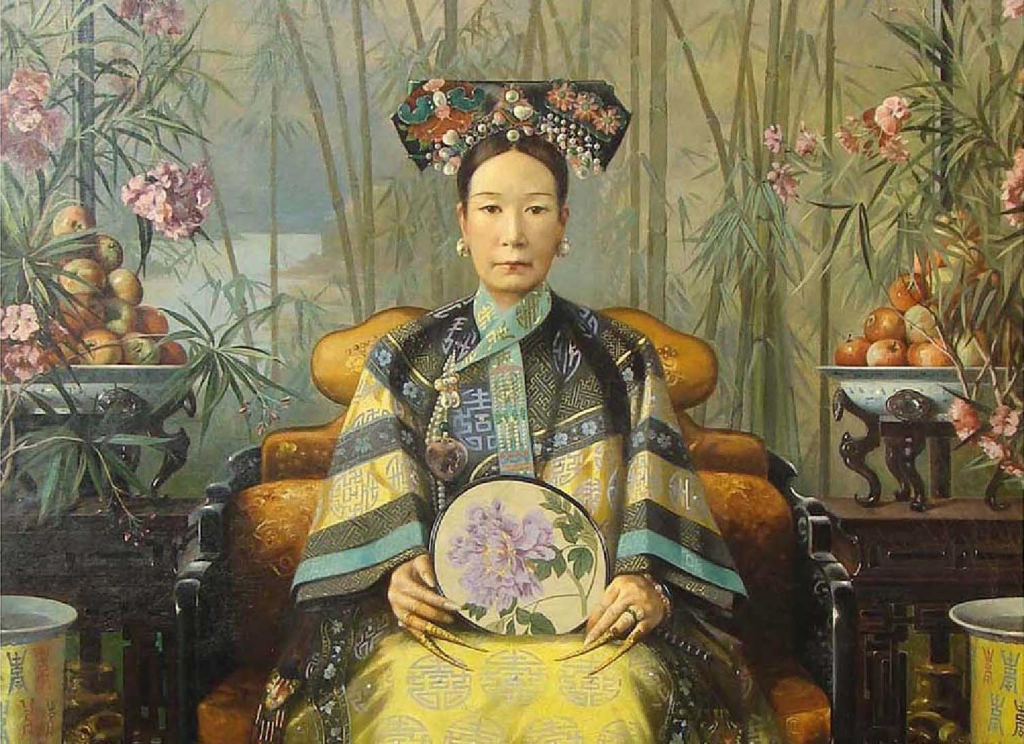
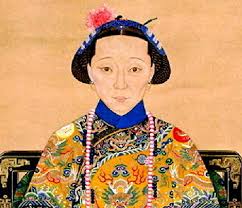

While Ci’an was a more traditional, reserved and, frankly gracious politician, Cixi was cruel. Empress Dowager Cixi is an infamously controversial character, known for being manipulative and politically adept, but still “evil” in a traditional sense. As time went on, their ideals and values clashed without anyone to mediate, note that the Emperor was still a child 10 years into their joint rule.
“A popular view of Empress Dowager Ci’an is that she was a highly respectable person, always quiet, never hot-tempered.” Although we may never know if this is true, this was the general opinion.
However, 20 years after the Xinyou coup, mysteriously, Ci’an died of a health problem. Might I remind you, Empress Dowager Cixi likely did not share power well and is noted to have been a “ruthless despot” who “led the ailing Qing Dynasty to its humiliation and downfall.” You can imagine the common consensus on the real cause of Empress Dowager Ci’ans’ death, although no concrete evidence can be found of a murder. Albeit evil, Empress Dowager Cixi was a cunning, smart and efficient woman.
Back to the matter at hand
As much as I’d love to continue talking about Empress Dowager Cixi, this is still a travel blog.
Even with 90 minutes spent in the Mountain Resort, we still didn’t manage to cover the whole area. The Resort consists of 4 areas, Palace, Lake, Plain and Mountain, the latter two of which we did not cover. A near century of construction and, likely, hard labour was required to construct such a resort.
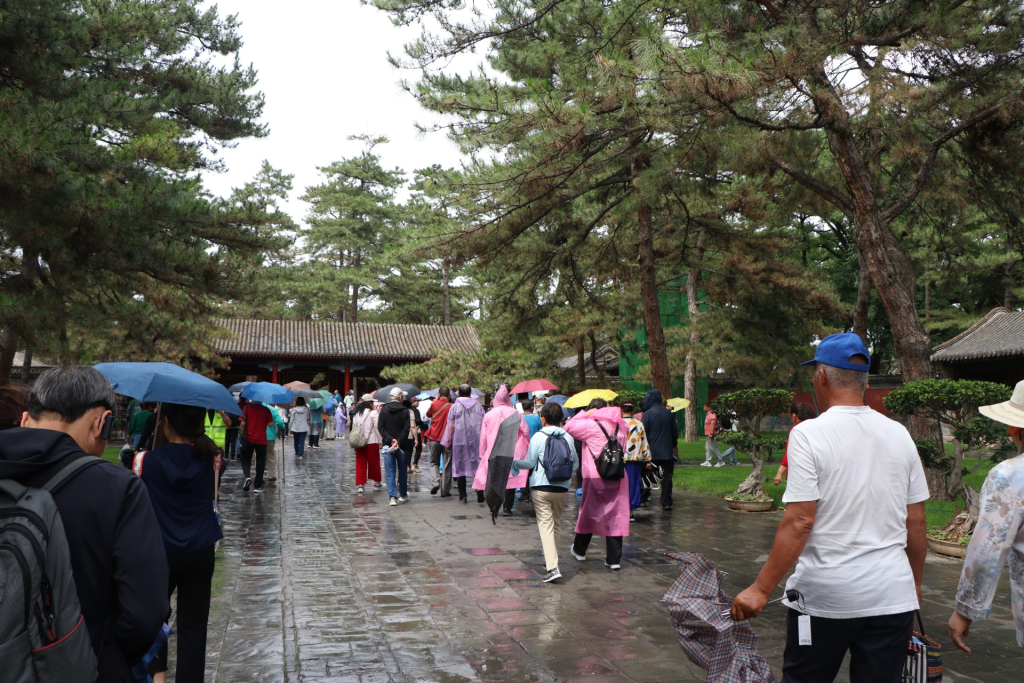
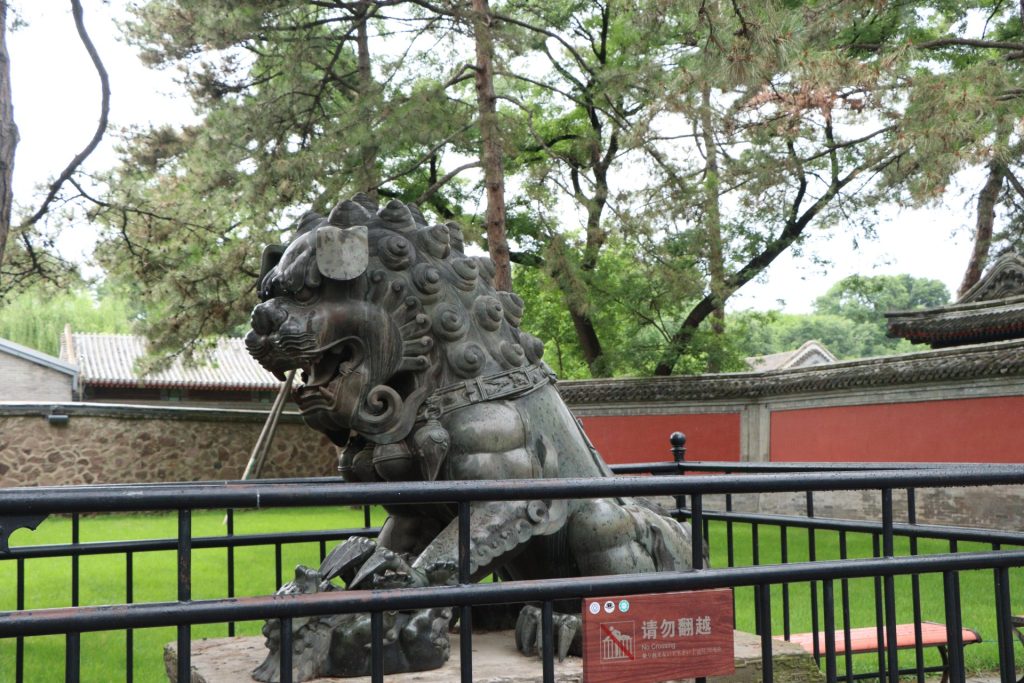
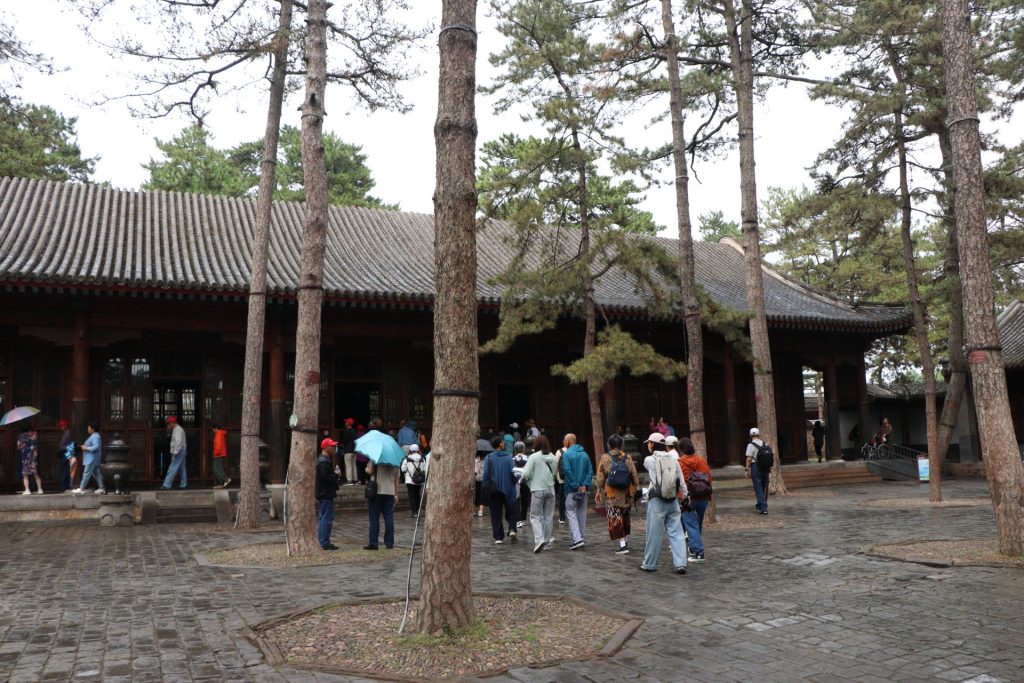
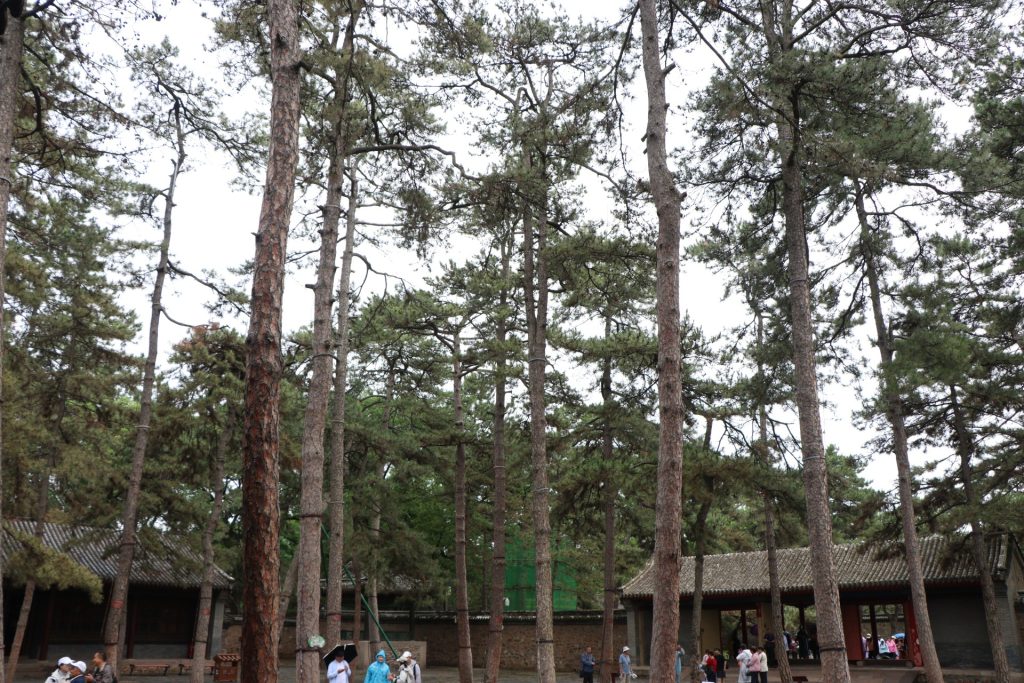
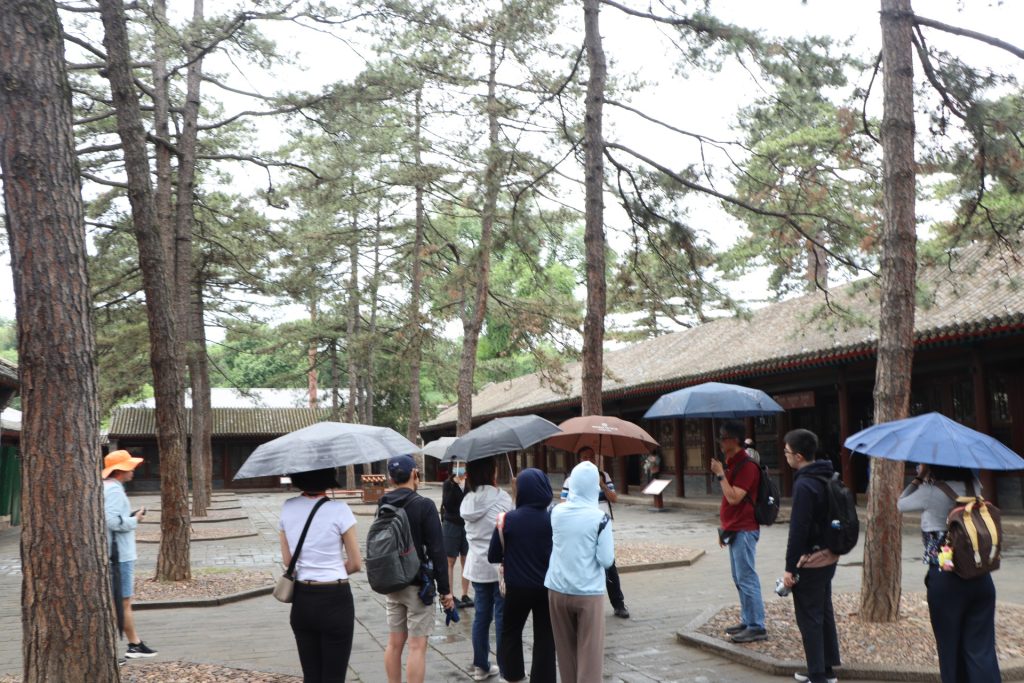
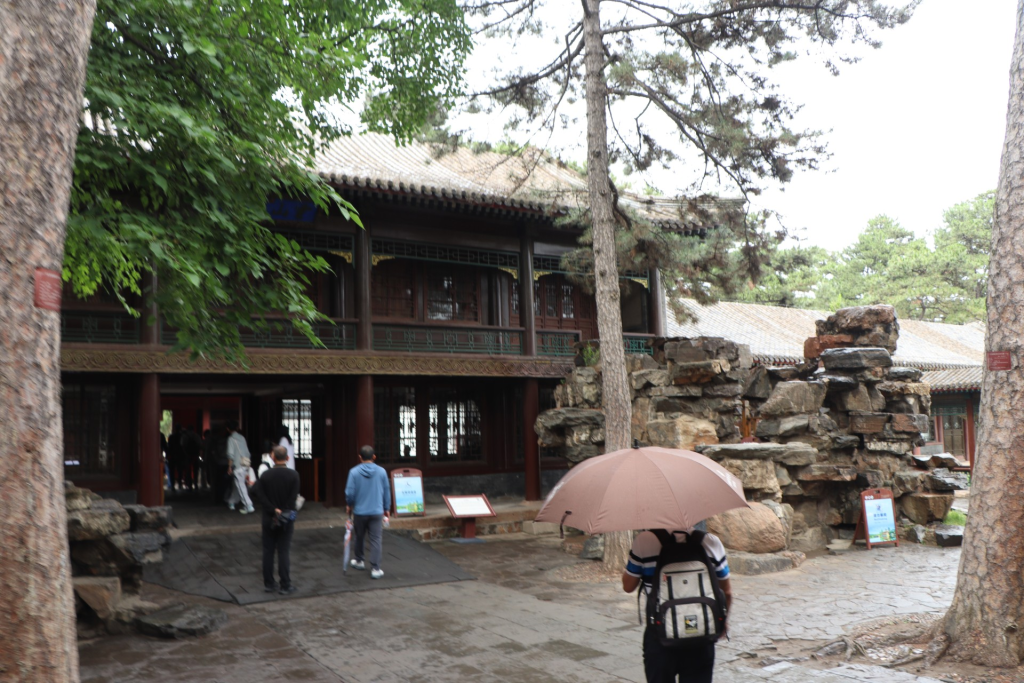
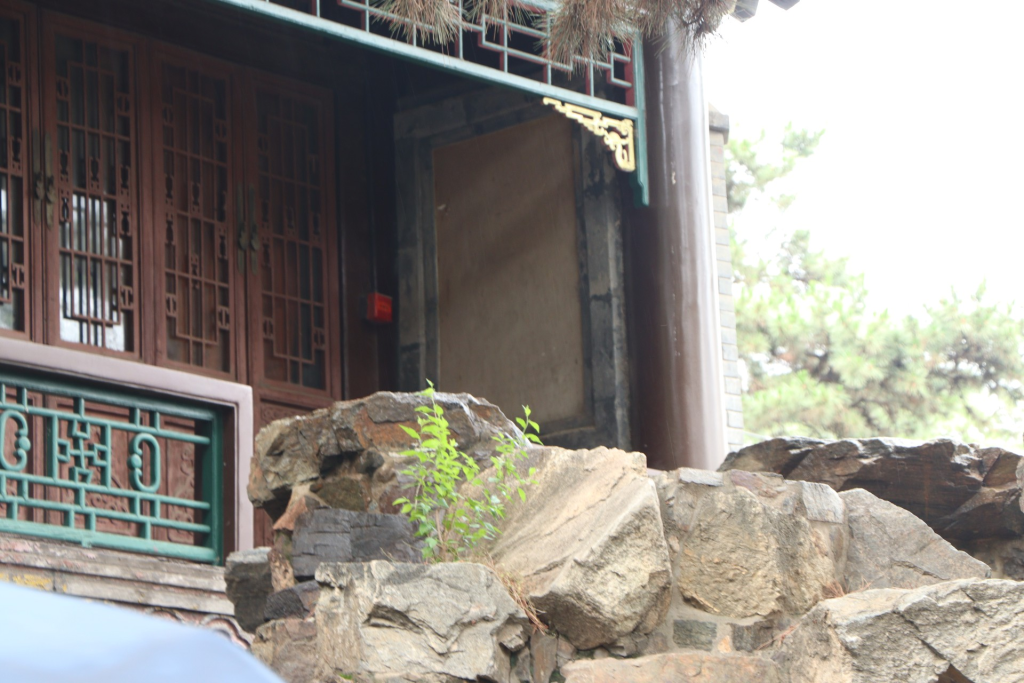
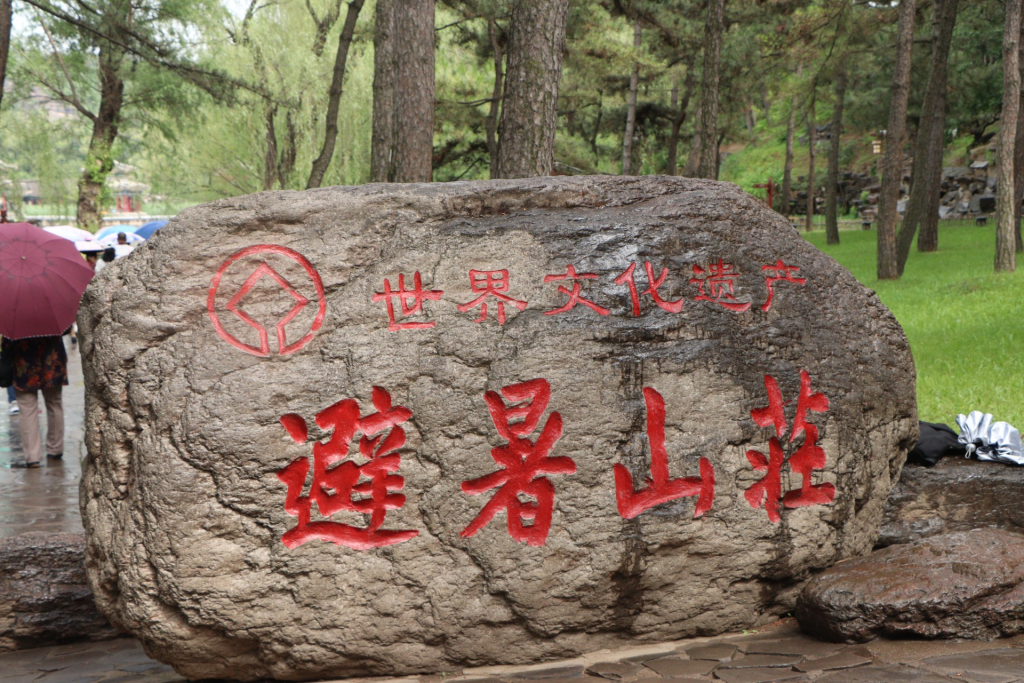
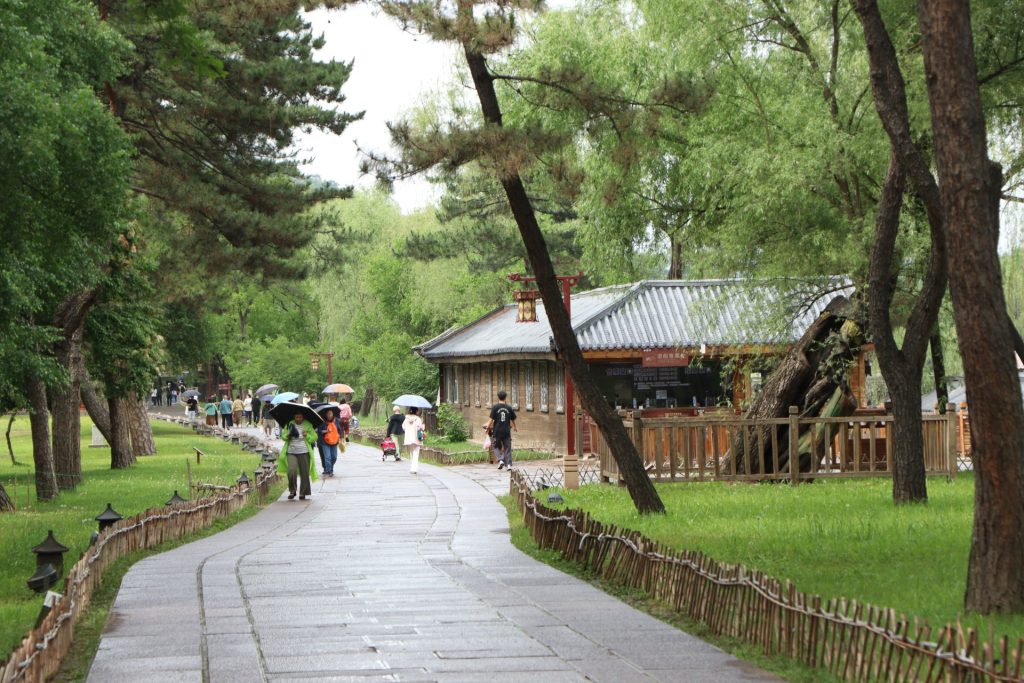
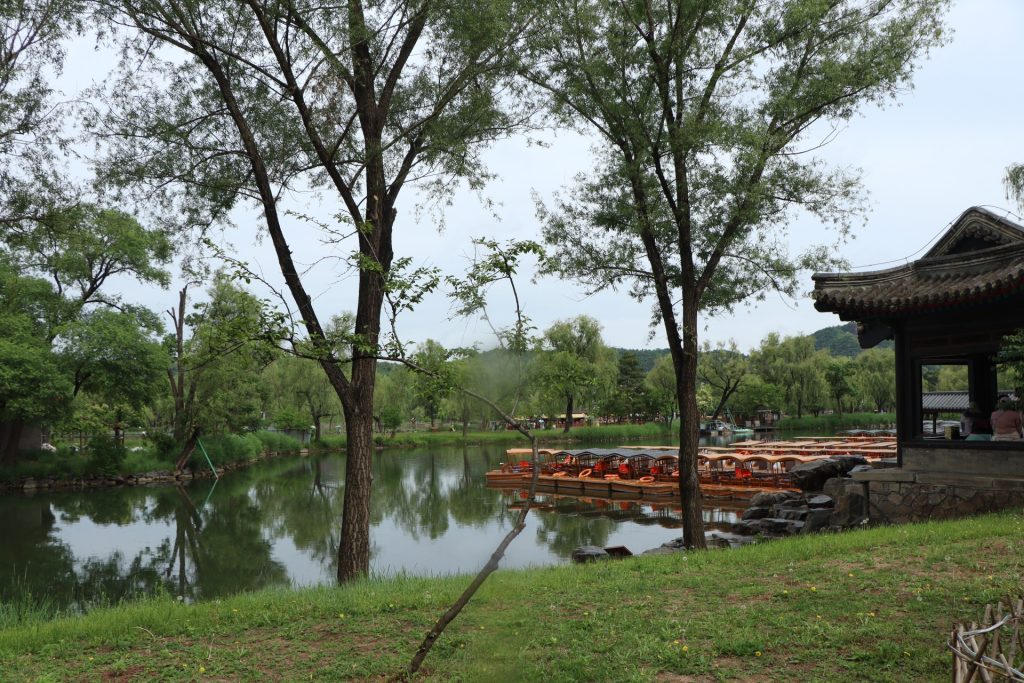
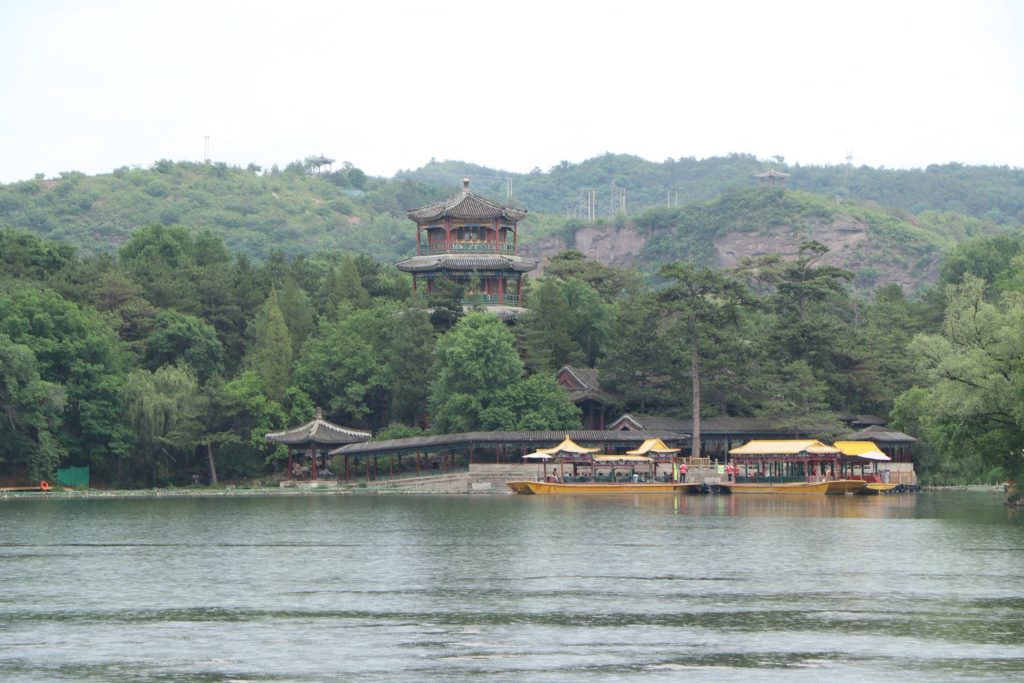
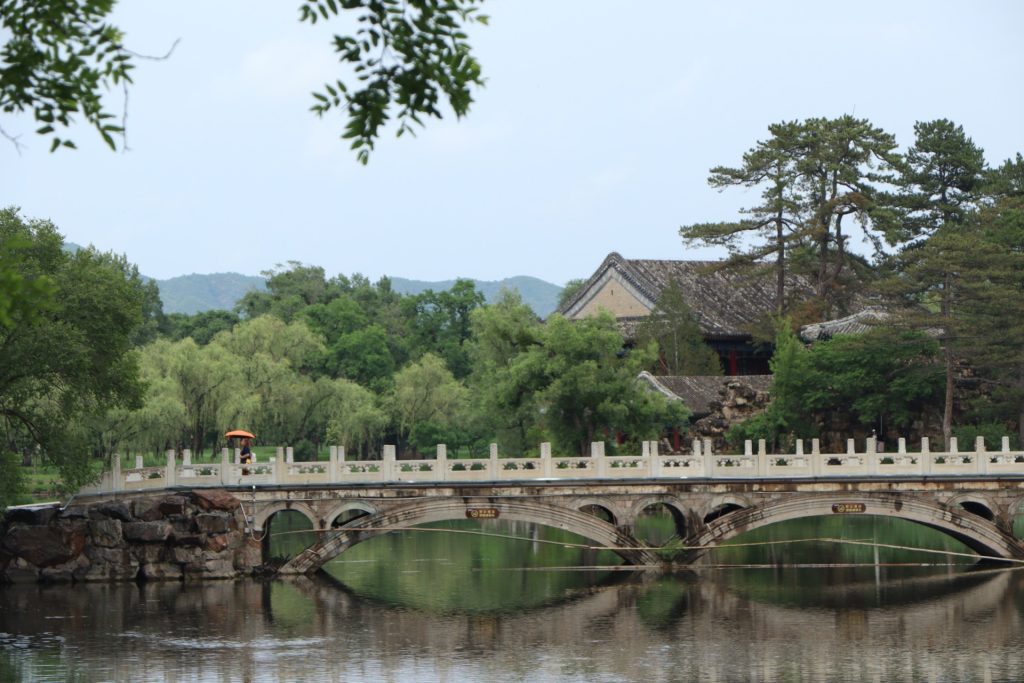
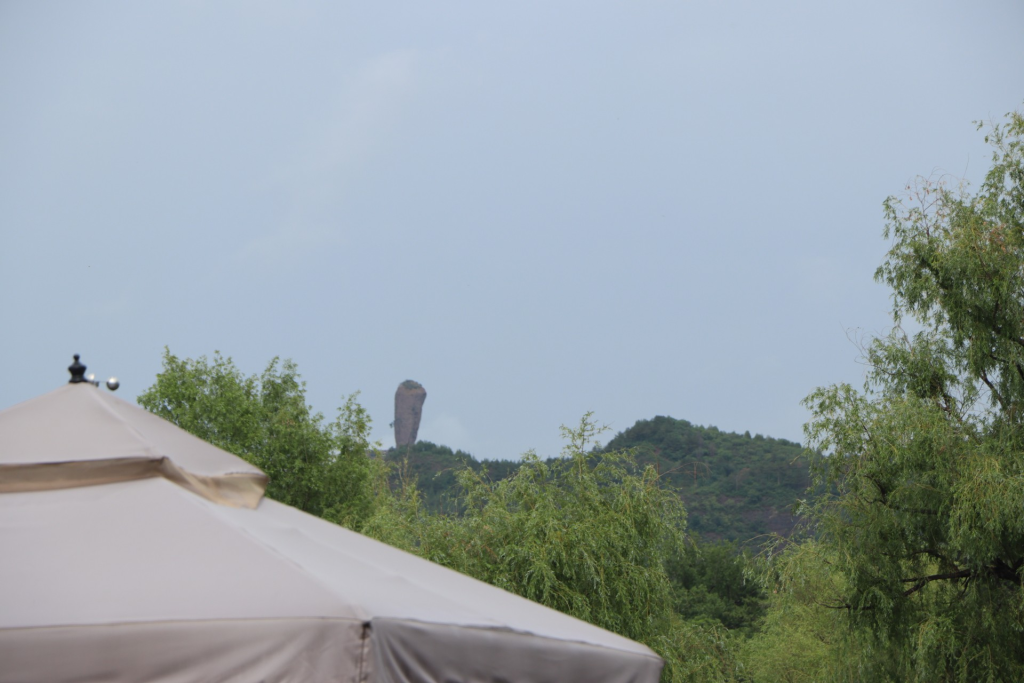
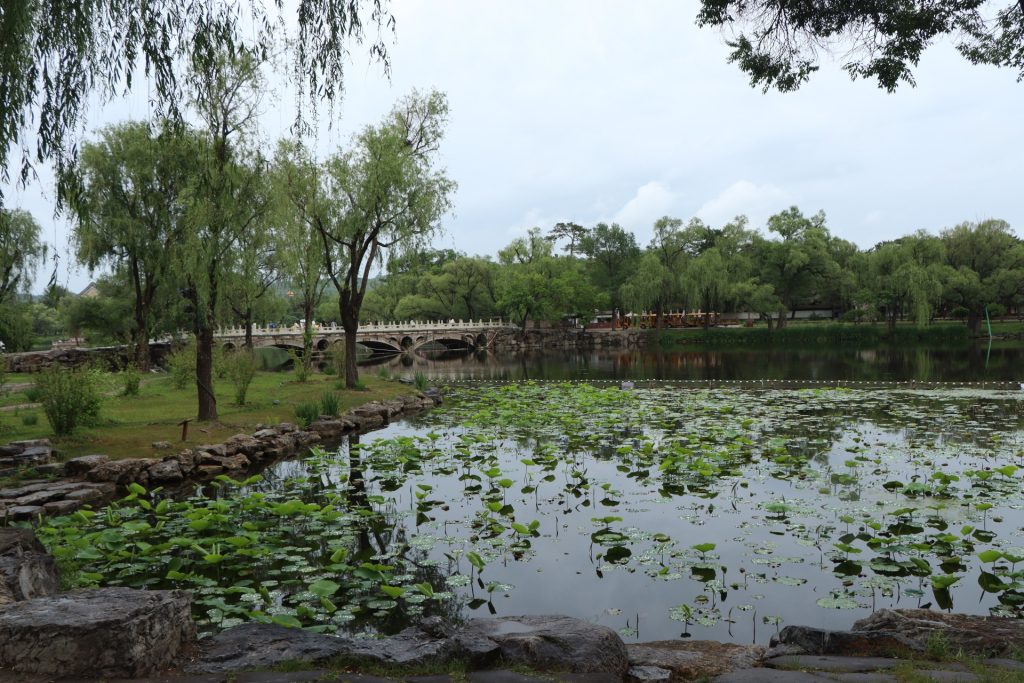
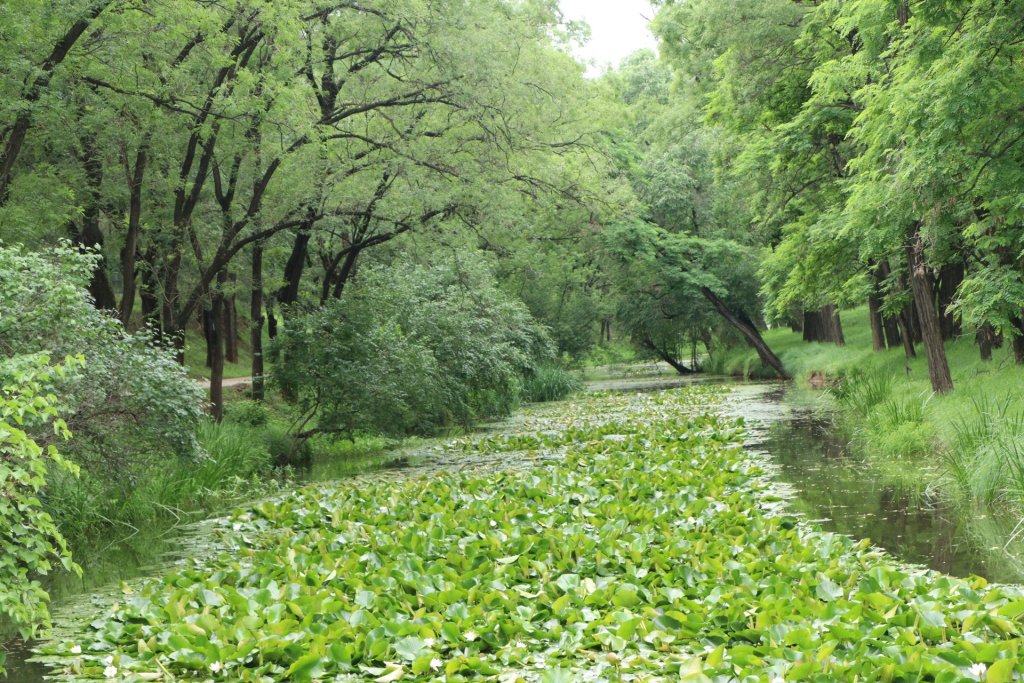
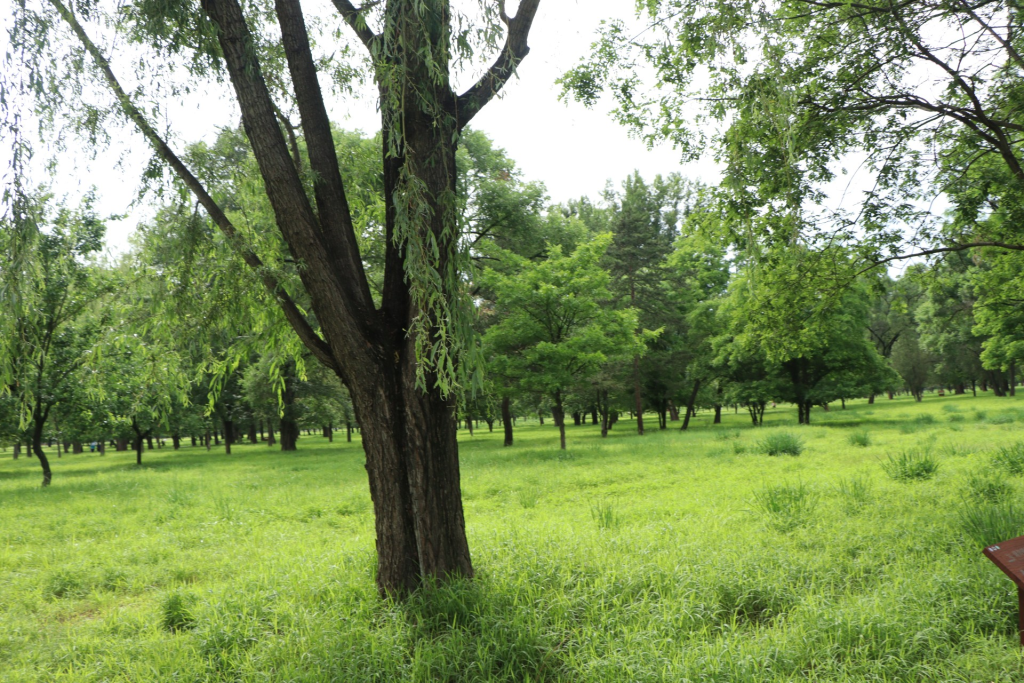
Ramble #2 – The Imperial Hunt of the Qing Dynasty
The Chengde Mountain Resort was actually closely linked to the Imperial Hunt of the Qing Dynasty, serving as the imperial base for hunting expeditions which were hosted 100km Northeast of Chengde in the Mulan Weichang (Mulan Hunting Preserve). The Imperial Hunt of the Qing Dynasty was used to train the military, display good alliances between the Qing and the Mongols / Tibetans along with reinforcing the legitimacy of the leaders of the Qing.
Emperor Qianlong was especially fond of these hunts — he even commissioned paintings of the expeditions. These artworks helped solidify the image of the Manchu emperor as both a Confucian scholar and steppe warrior.
Our tour guide told us of a famous parable retold across dynasties. 2 men, imperial candidates, were taken to the fields in the Mountain Resort. They were told to kill as many deer as possible and bring back their bodies. Whoever has the most kills wins. The only problem with this was that one of the candidates was terrible at hunting. Not wanting him to lose, his mentor told him something. “Do not kill a single deer. Run around with your bow but come back empty-handed.”
The two candidates returned, one with multiple kills and one with none. Curious, the Emperor asked why the latter had not killed a single deer. Following the words of his mentor, he replied: “A Emperor is a man of pure heart. Killing a deer, a creature of nature, is against benevolence.” The Emperor was stunned by this display of Confucianism and promoted him for his virtue.
Conclusion
If you can’t tell, I now have a new obsession with Chinese history
A single day in Chengde barely scratches the surface. Between the sweeping views on the Jinshanling Great Wall, the tranquility of the Mountain Resort, and a story or two about deer and history, it’s clear that the dynasties of Ancient China still linger to this day. Chengde gave me more than just good photos. It gave me interest, a sense of awe at how one country can pack so much legacy into its stones, halls, and hills.
With all that being said, make sure to refer to the post linked HERE to have a look at my thoughts on Gubei, Tianjin, Beijing and the overlook of my full 8D7N China Trip.
